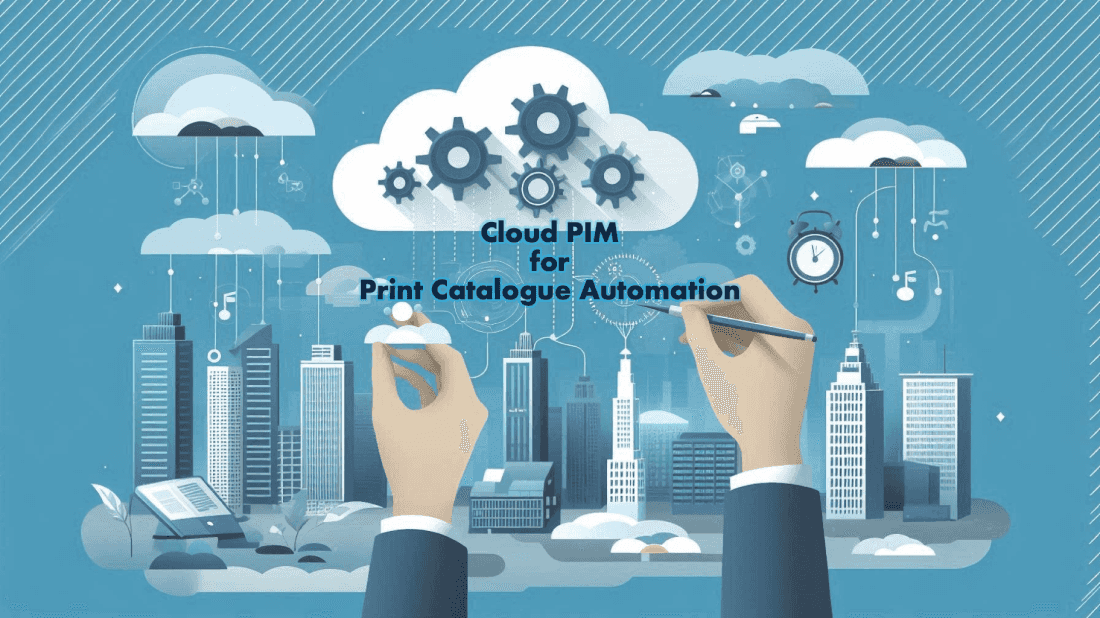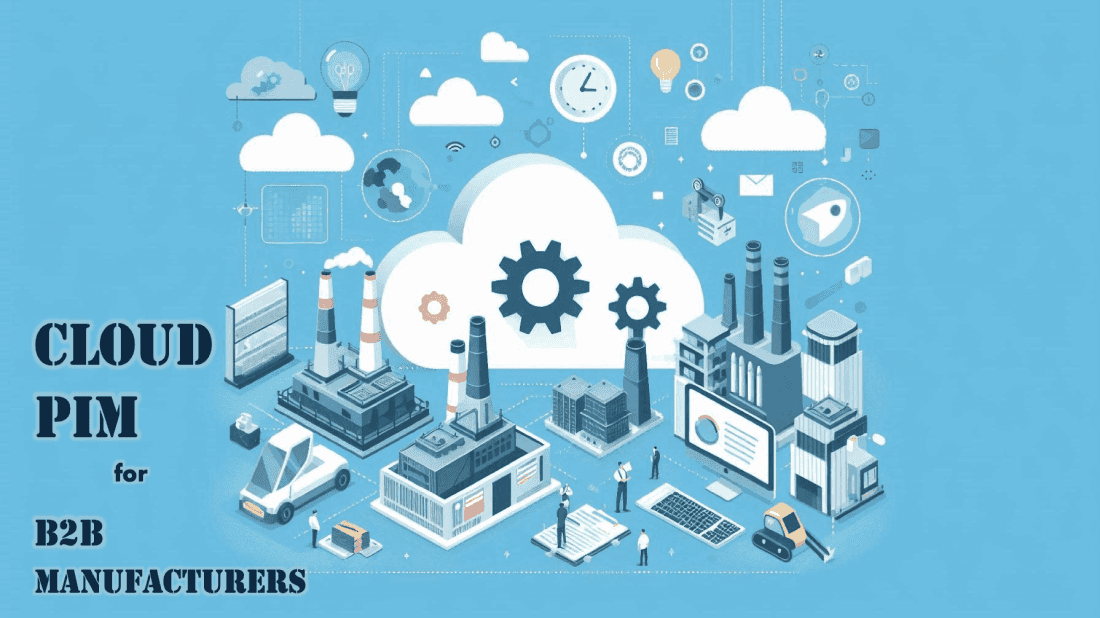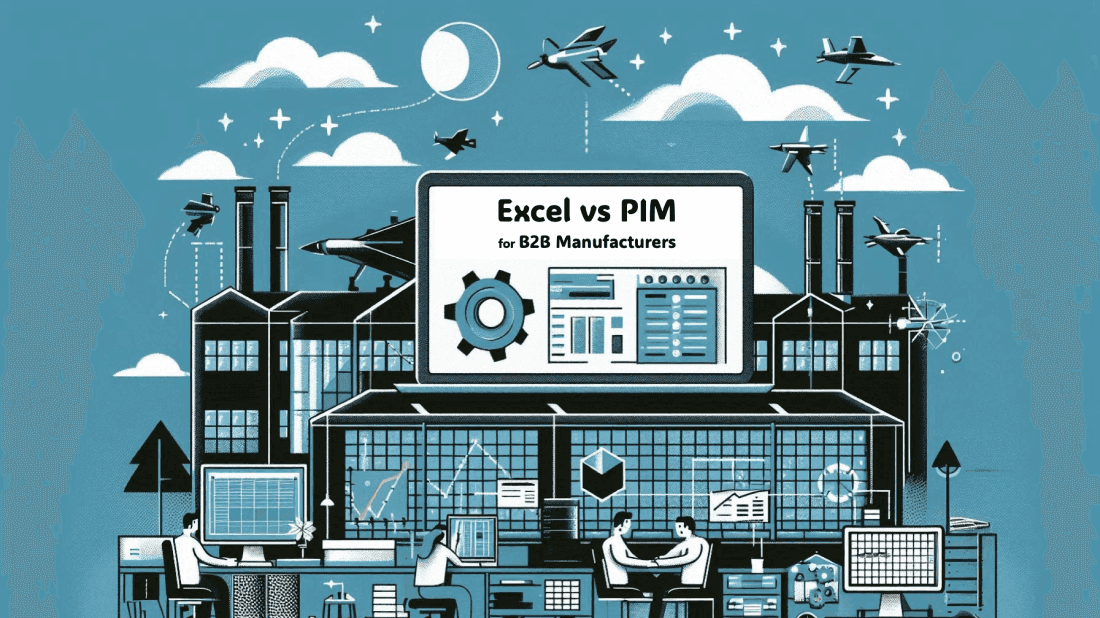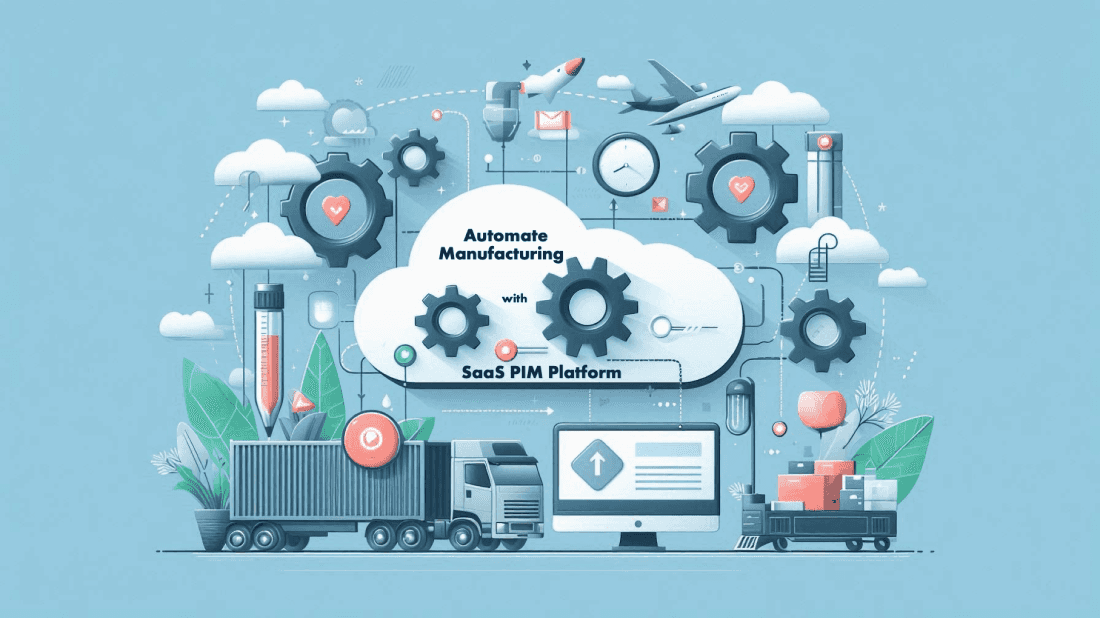Mar 27th, 2024
Empowering Partners: A Strategic Enablement Approach
About 75% of the world’s trade happens through channel partners.
Traditionally channel partners have been an integral part of the sales strategy for the manufacturers. Good partnerships mean the OEMs can focus on product development and manufacturing, while partners drive revenue growth.
However, your partners will only be as powerful to sell your story as much as you can empower them. This is where partner empowerment or enablement comes into play. Partner sales enablement is a continuous process of ensuring that they know as much as you do and believe in your products.
Though it may sound simple, in today’s complex marketplace and even more complicated solutions, this is easier said than done.
New Age Challenges of Partner Programs
New market dynamics, global competition, and changing consumer behavior have created a few new challenges for the channel partner programs. OEMs must address and overcome such challenges to ensure a rewarding partner enablement program.
Here are seven such challenges in 2024:
1. Lack of Communication and Alignment
Your channel partners are your extended representatives in the market. Research shows that more than 60% of the partners often can’t differentiate their products from the competitors.
Modern consumers are increasingly savvy and look for solution support from partners. About 70% of channel partners find it challenging to connect offerings to the buyers.
2. Limited Resources and Support
Channel partners may face resource constraints or lack access to necessary support systems. A study by 360 Insights found that about 60% of vendor partners either access poor-quality content or can’t find relevant content from the OEM.
Also, a lack of or slow technical support can spoil the success rate of your channel partners.
3. Pricing Conflicts Among Partners
Disagreements over pricing can strain relationships between channel partners. To address this challenge, businesses should establish clear pricing guidelines, facilitate open discussions, and create win-win scenarios that benefit both partners and customers.
4. Streamlining Data and Asset Organization
Today’s consumers are highly connected. Whether you are in the B2B segment or B2C, your consumers are spending about 70% of their time researching and only 30% with vendor sales teams.
Consumers prefer vendors with consistent information across channels and who can respond to their queries faster. Thus, efficiently sharing product data, assets, and collaterals is critical for channel success.
5. Simplifying Channel Partner Program
2019 research into channel partners by 360 Insights revealed that more than 70% of the channel partners found partner programs to be too complex. Partner program complexity has a direct impact on partner performance and gives rise to conflicts. Conflicts between partners can negatively impact sales performance.
6. Building the Reward Value for Channel Partners
Regular training, content, and incentives are essential to keep channel partners engaged and motivated. Recognizing a partner’s achievements and offering a clear path to progress goes a long way in sustaining motivation. However, finding rewards that channel partners value could be challenging.
7. Participation in Through-Channel-Marketing
Through-channel marketing (TCM) has been known to be underutilized and thus, underproductive. OEMs running the channel programs often find it hard to run TCM campaigns with their partners. TCM requires a high degree of alignment between the vendor and partner in sales and marketing.
Partner Enablement for the New Consumer
The B2B marketplace is full of products that are too complicated and often results in a status quo with the buyers. Coupled with the channel partner’s inability to make sense of the offering and match it with the consumer’s needs, it makes breaking through to the next stage difficult.
However, OEMs and partners can understand the buying process and different needs of the user at different stages. Modern B2B buyers typically go through a three-stage decision process:
- Education: Breaking of status quo, the buyer shows commitment to change.
- Solution Stage: Buyer starts to explore possible solutions and shortlists.
- Vendor Selection: Procurement looks for justifications for selecting a vendor or vendors.
At each stage, the channel partner will need to address the different information requirements of the buyer. Here are the content requirements for each buyer stage OEMs should include in their partner enablement framework:
First Stage – Why Change?
In the first stage, the partners need to drive compelling content showcasing the need for change. Primary and top-level awareness content is the most effective at this stage. For example, research reports, promotional videos, blogs, etc.
Second Stage – How or Solutions?
At this stage, the user tries to figure out different ways to address the required change. Case studies, technical brochures, and showcasing product uses, work the best at this stage.
Third Stage – Vendor Selection
This is the stage where sales collaterals will come into play. Interactive brochures, sales presentations, etc. are the tools to use at this stage. However, keeping in mind that about 60% of the interaction may happen online, a lot of literature and product information should be available with the partner to share.
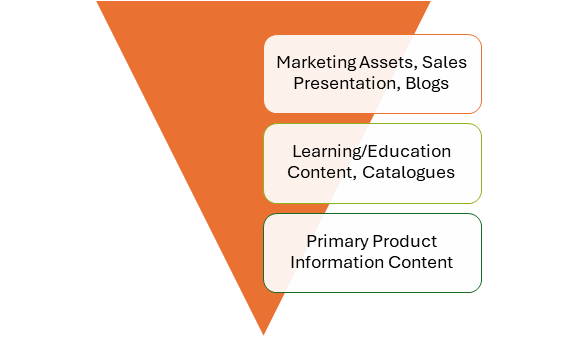
OEM’s product, marketing, and sales teams must ensure a high level of reliability and consistency with their content. At the same time, channel managers must ensure the content is available to channel partners as and when they need it.
Role of Software in Partner Enablement
OEMs can use several options as channel partner enablement software. However, remember that content availability and learning are two critical pillars of a channel partner enablement strategy. Thus, the following tools are the most useful enablers for empowering your partners:
- Product Information Management (PIM) System
- Digital Asset Management (DAM) System
- Content Management System (CMS)
- Learning Management System (LMS)
A Product Information Management (PIM) system is a powerful tool that streamlines the management of product data across various channels. A PIM system acts as the hub for managing, enriching, and distributing product data.
Digital asset Management (DAM) system, on the other hand, deals with the management of digital assets like PDFs, product images, documents, presentations, videos, etc. DAM and PIM create a single source of truth for your product information and marketing assets.
CMS helps you publish and track your content on the website. This is publicly available information and can be gated (subscriber wall) or ungated. Using PIM, DAM, and CMS together allows you to automate your content distribution process to a large extent.
LMS or Learning Management System is a critical tool for managing the training material and learning curve of your channel partners. This is the tool that enables certifications in your partner enablement framework.
LMS can also use PIM and DAM support to keep the learning content relevant with timely product updates. LMS also makes your partner's onboarding process smooth and traceable.
Combining PIM, DAM, & CMS with Neurologik’s ProductHub
ProductHub is a SaaS tool for OEMs and enterprises that combines the features of PIM, DAM, and CMS. The portal helps you create new product data by identifying gaps in your existing product data attributes. ProductHub automates data validation, governance, and distribution. ProductHub’s centralized product data helps solution designers select and create several configurations. This direct solution approach removes information bottlenecks and speeds up the procurement for the buyers.
ProductHub can also integrate with existing systems of the organization and work as a single source of truth for internal and external sales teams. ProductHub’s content distribution adapts to your partner systems. Thus, offering a perfect solution for partner sales enablement.
So, whether you need to equip your channel partners with a rich product catalog, or a sales presentation with detailed solutions, ProductHub enables it for you.

